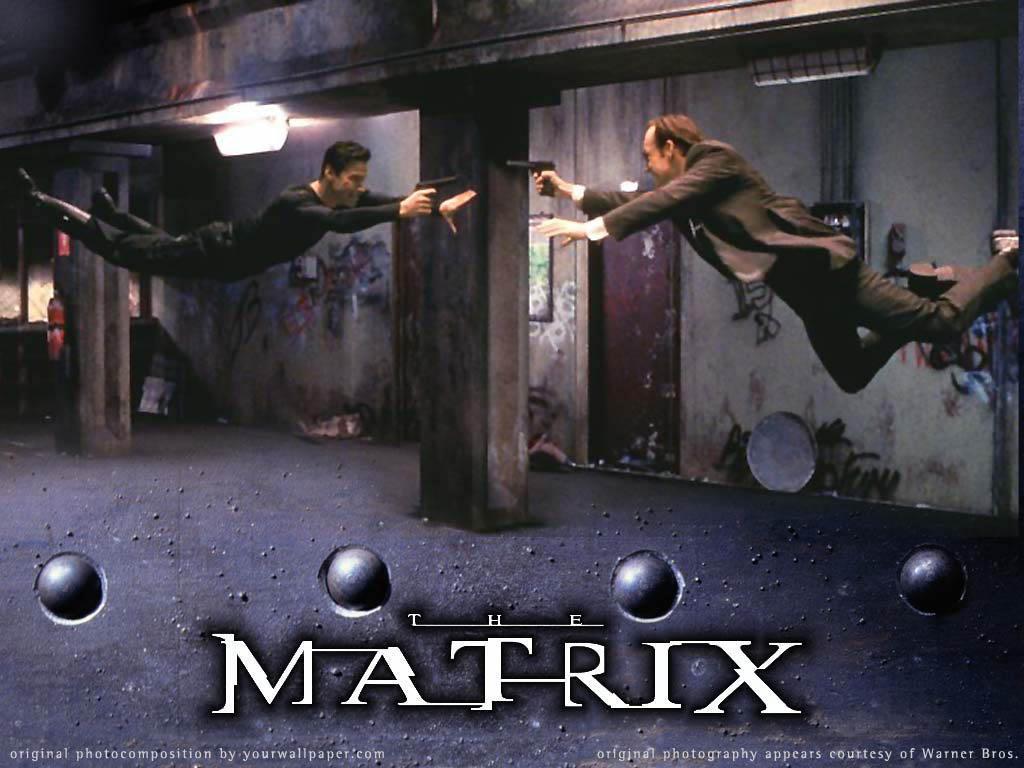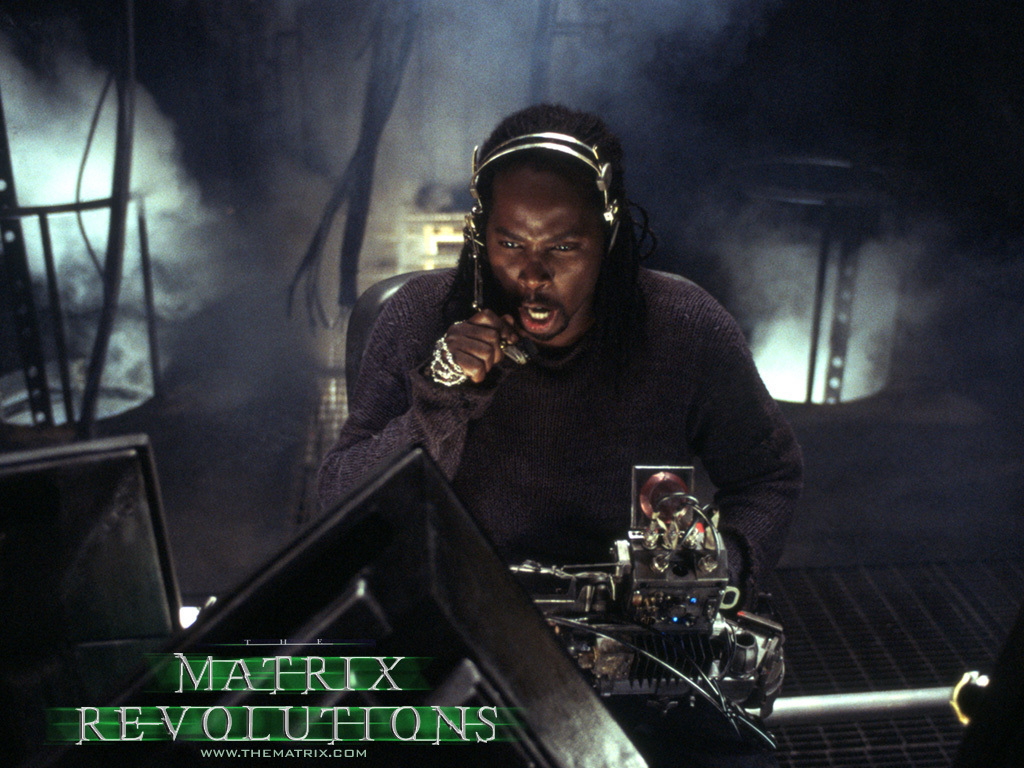This is Part 3 in a series that aims to help people understand contextualization. Contextualization comes from our having a certain perspective on the biblical text and the cultural context. In Part 1, I surveyed a number of standard evangelical views of contextualization (in which contextualization is essentially a kind of communication). In Part 2, I suggested an alternative view in which I distinguish two kinds of contextualization. This post illustrates different ways of seeing the world, connecting them with the idea of contextualization.
Four Ways of Seeing the World
Contextualization is a matter of perspective. How one interprets Scripture and culture will depend upon the contextual lens through which one sees the world. Therefore, I suggest four ways in which people perceive the world. To illustrate these four kinds of sight, I’ll draw from the movie series The Matrix, released in 1999 starring Keanu Reeves.
If you are not familiar with the premise of The Matrix movies, the idea is that computers and humans, at some point in the future, have a conflict and the computers will. The main supercomputer, called the Matrix, has enslaved humans by connecting their minds to computers that simulate the real world. Meanwhile, the Matrix essentially harvests people to serve its own purposes. Those inside the computer-generated world are unaware that they are “in” the Matrix. A group of rebels, who are not hooked up to machines, resists the Matrix. They can go in and out of the Matrix to do reconnaissance. These rebels recruit the main character, Neo, who has had suspicions that something is not right about the world. After taking a pill, he is freed from slavery to the Matrix and joins the cause against the Matrix. The increased awareness and movement in and out of the Matrix creates an assortment of perspectives from which to see the world.
The first way people see the world is through their natural eyes. We are all born “in the Matrix” (see picture below). We live in a fallen world and are slaves to sin (cf. Rom 6). Before Christ opens our eyes, we are blinded to his glory and to our shame (2 Cor 4:3–6). This is just “normal” life.
Second, upon believing the truth, we are set free from our ignorance (Eph 4:18). We see the world as somewhat foreign now, even if it is familiar. Basically, we gain entirely new categories for processing our experience. Quite often, these categories are abstract. The language of the Bible and of the church is unique and unnatural to the world we just came from. Essentially, from this perspective, we are decoding or interpreting truth about the world from the perspective of the Bible. This new lens produces things like “theology.” This view serves an equipping function. Seeing the world through systematic theology is not “natural,” but it is necessary in that it provides the language to speak about the world in which we live.
Third, as we serve Christ in the world, we feel like foreigners and exiles (Eph 2:12, 19; 1 Pet 1:17). The fallen world that we grew up in (i.e., the “Matrix”) now regards us as enemies (cf. Matt 10:36). We can see the world, at a superficial level, in the same way everyone else can. However, we know the truth behind what we are seeing. We know we are not safe. We also know the world is enslaved. The missionary is prototypical in this sense. No one knows himself to be a foreigner more than he who crosses a culture in order to share the gospel.
Finally, there is the view from completely outside the Matrix. This is not the perspective the world wants you to see. All pretenses of order, harmony, and beauty are gone. The world is dark and dangerous. The world is at war with itself. There are rebels around the world who work in coordination to resist their common enemy and free people from their blindness. We see the world as it really is. Likewise, the church functions as a band of rebels who resists every power and perspective that brings bondage and death. Local churches are little outposts of hope. From the small communities, Christians go out into the world. For now, they are a glimpse of what the world could be.
The two kinds of contextualization discussed can be likened to the second and third ways of seeing. In our Matrix analogy, exegetical contextualization is comparable to seeing truth in digital. One sees the truth.. When we read the Bible, we take a peek at history from God’s perspective. Even so, what we see is still determined by one’s vantage point.
Cultural contextualization can be compared to the third view, wherein we cognitively perceive the world as it presents itself. However, our affections are changed. Our hearts are not enslaved by the allurement of the world. We work among those who are blind to the truth, hoping to help others find freedom. We present ourselves in terms that can be understood to these people; yet, we are not bound to interpret what they see in the same way. We are aware of the battle around us. The whole world system will turn against us if it detects our agenda–––to announce the reign of Christ and the demise of the “matrix” of lies that result in sin and death.
Conclusions
The central aim of these reflections has been to define and distinguish two kinds of contextualization. In order to do so, I suggested that contextualization first be understood in terms of interpretation. In contrast, evangelicals have typically regarded contextualization as a method of communication or application. Interpretation is never done in a vacuum. It requires a context. Contextualization happens where the biblical and cultural contexts overlap. These two contexts create the possibility for two kinds of approaches––exegetical contextualization and cultural contextualization. These two methods are complementary. In fact, I suggest the latter is built upon the former. Exegetical contextualization interprets Scripture from a cultural perspective. Cultural interpretation interprets culture through the lens of Scripture. One always interprets either a biblical text or a “cultural text.”[1] Evangelicals need a more nuanced perspective when it comes to relating the Bible and culture. If we do not grasp these differences, it will be difficult for evangelicals to make further progress in the work of contextualization.
[1] For a helpful discussion on and resource for interpreting “cultural texts,” see Kevin Vanhoozer, ed., Everyday Theology: How to Read Cultural Texts and Interpret Trends (Grand Rapids, Mich.: Baker Academic, 2007).
Related articles
- We Compromise the Gospel When We Settle for Truth (a new article) (www.patheos.com/blogs/jacksonwu)





















